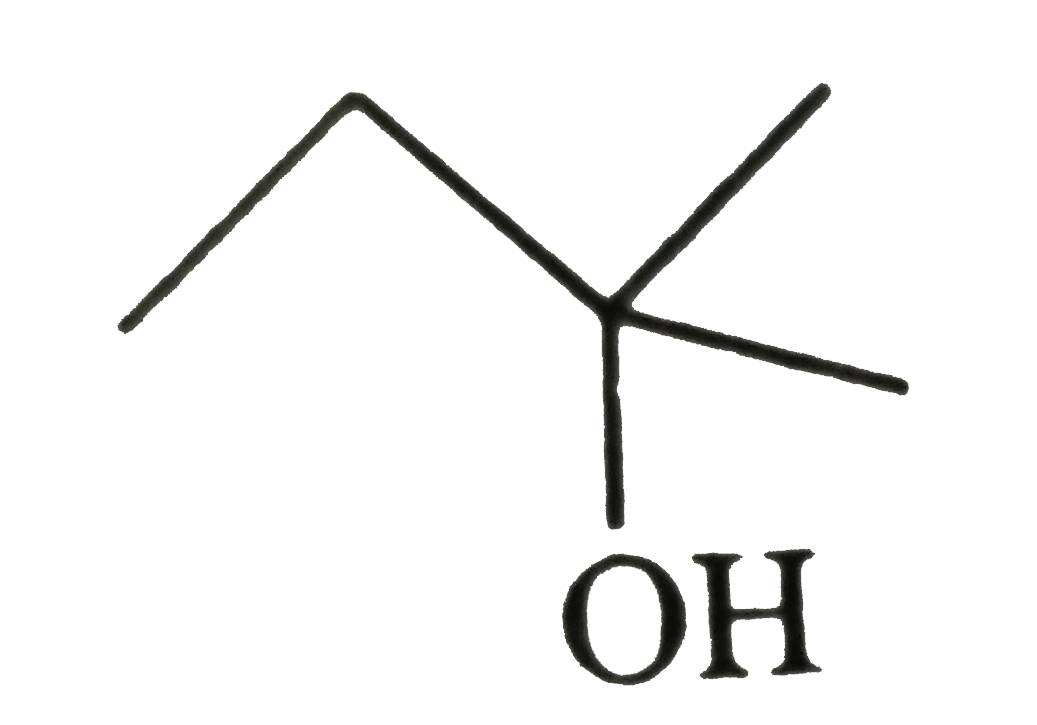Answer the following :
a. Which of the following H will have lower pKa value in the given compound?
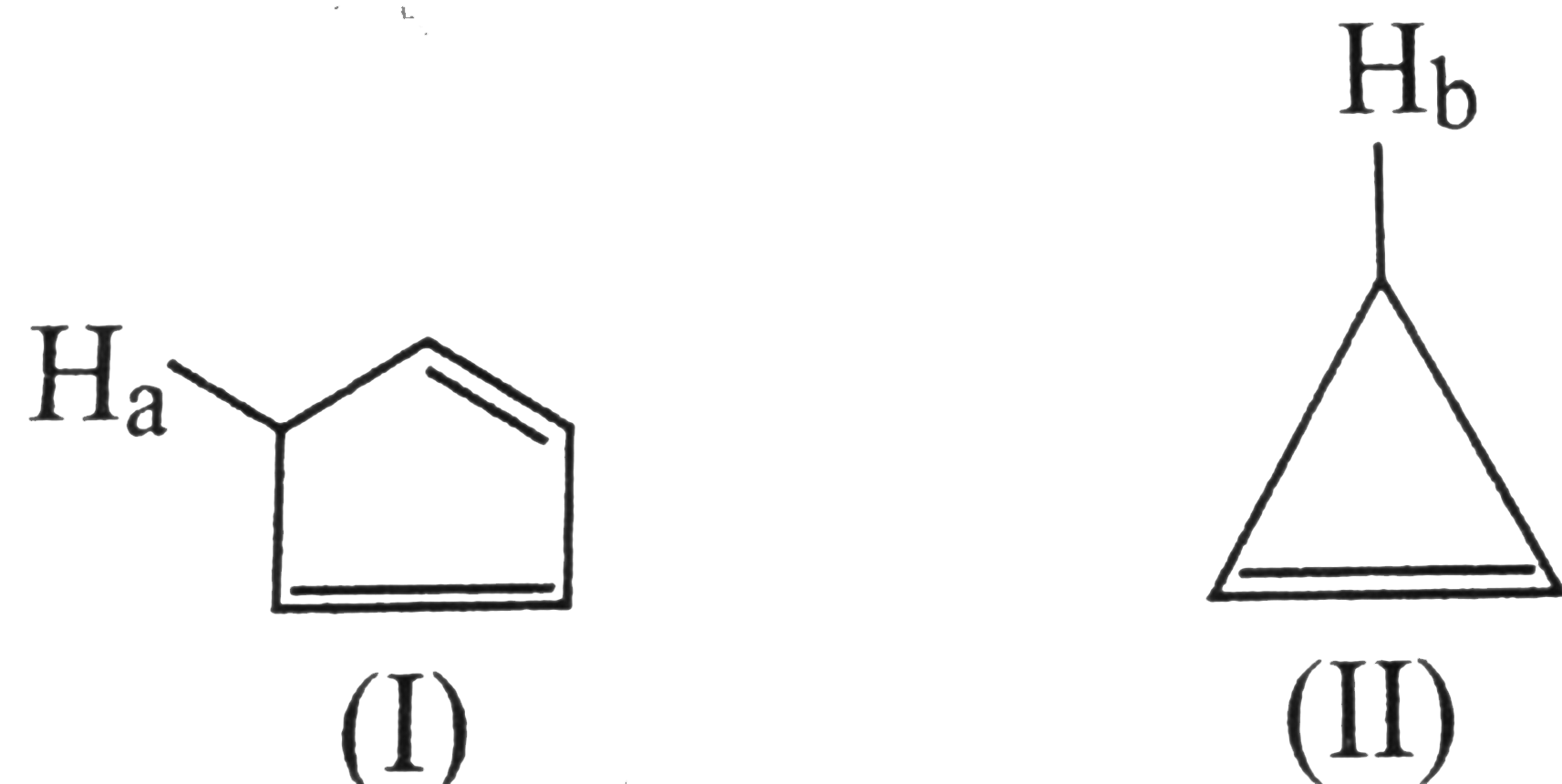
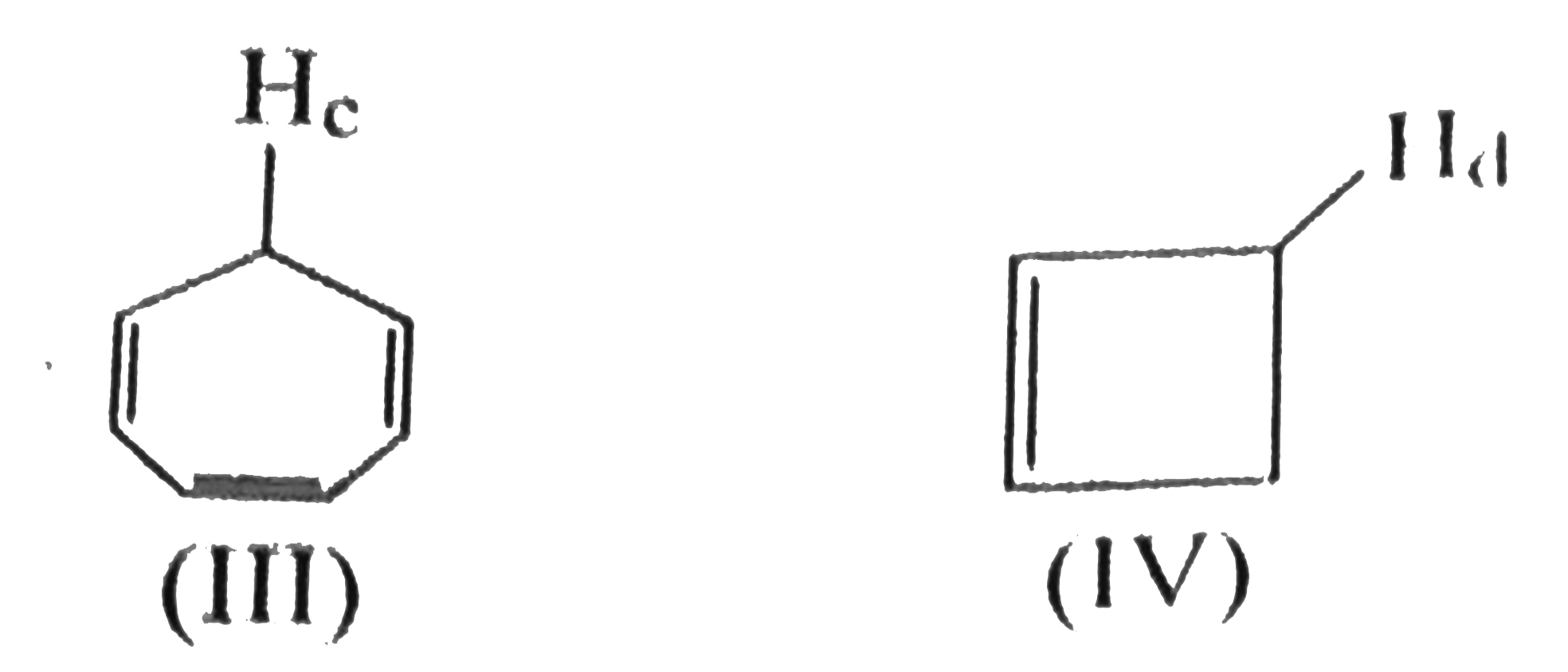
b. Which of the following have lower pkb value?

c. Give the decreasing order of teh stability of the following:
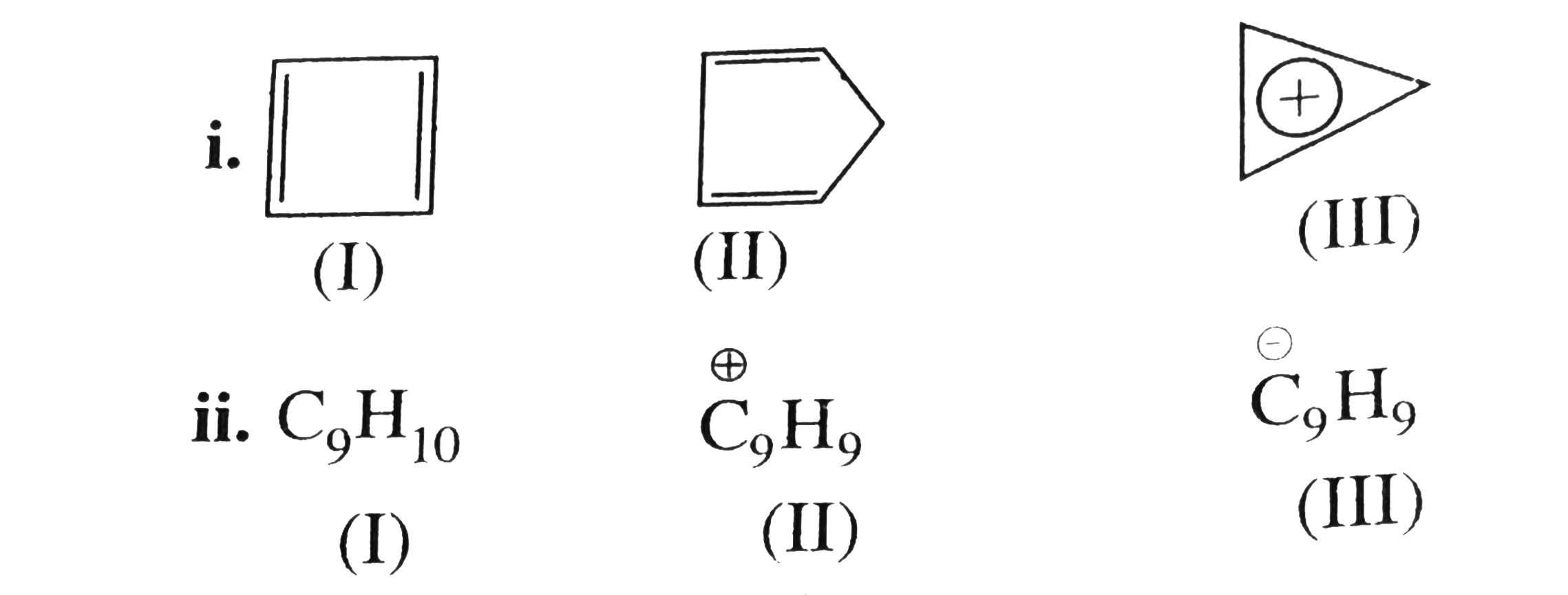
d. Which of the following is more stable?
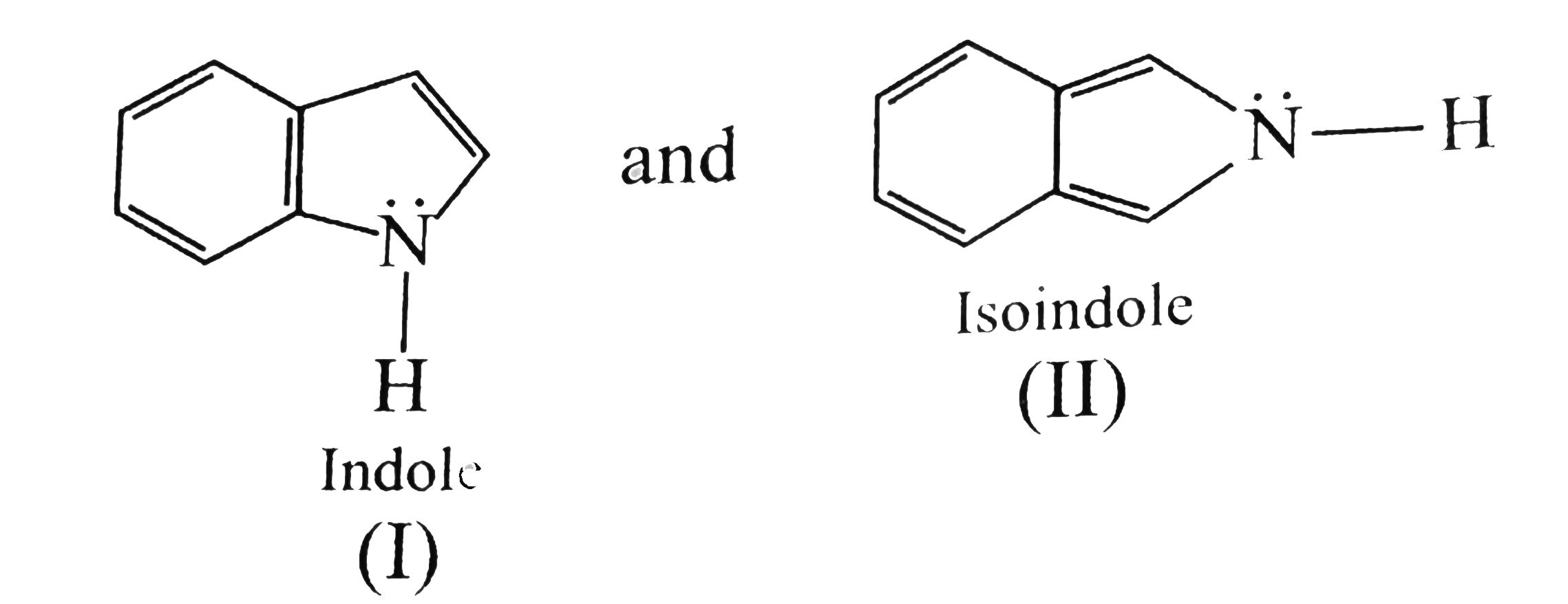
e. What of the decreasing order of pka values of the following?
I. HC=CH

f. Which of the following has highest Ka value?

g. Which of the following reacts faster wtih ag. NaOH by SN−1 mechanis,?

Text Solution
a. Lower the pKn stronger is the acid (Ha in (I) has lowerst pKa value.
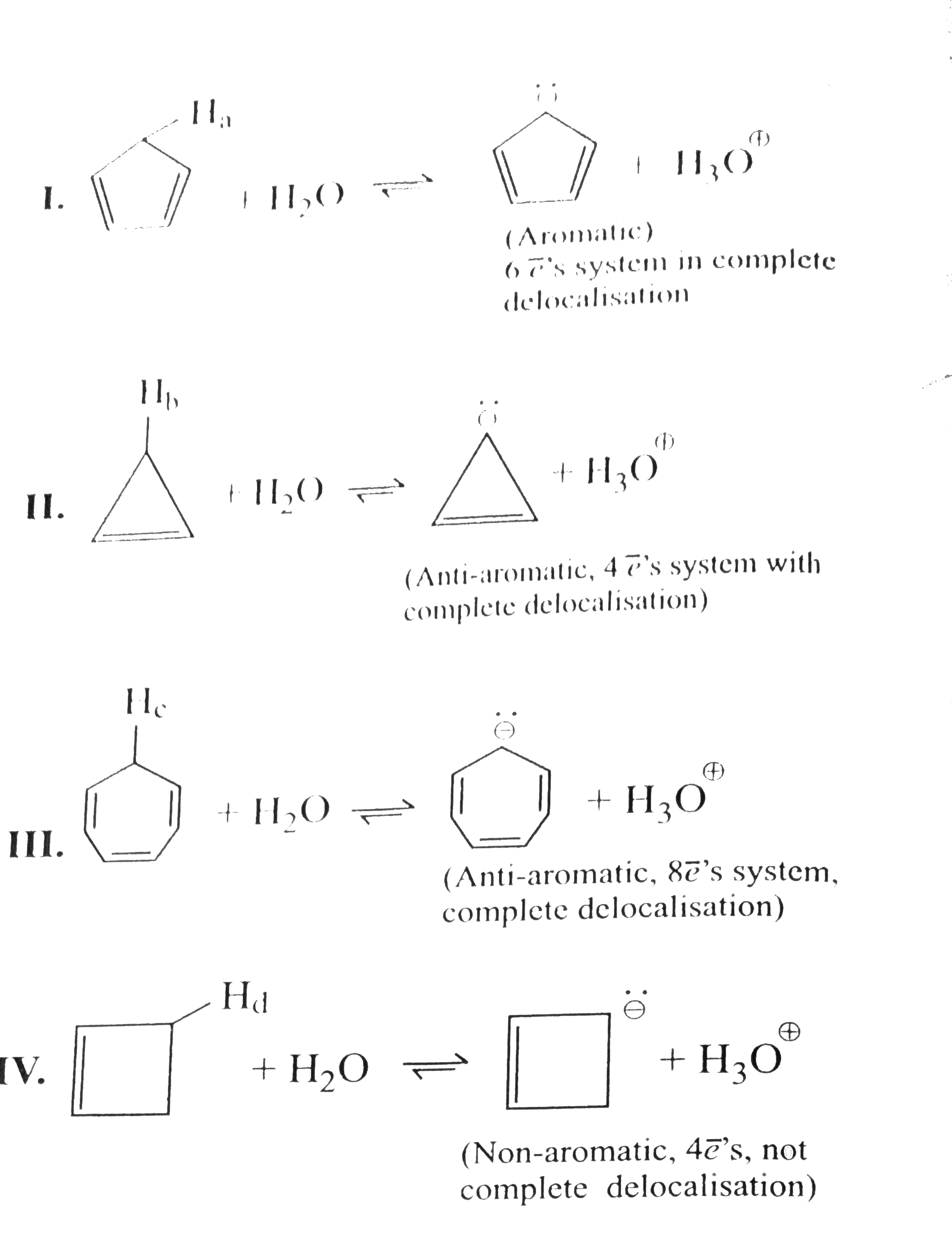
Stability oder: Aromatgic gt Non-aromatic gt Anti gt aromatic pKa order (I)<(IV)<(III)<(II) (or HA<Hd<Hc<Hb) Hc in (III) is a stronger acid than Hb in (II) becuase its anion is much more stabillised due to more number of resonating structures.
bn. Both pyridine are aromatic (each 6ovel∈e(e)'s system in complete delocalisation) but LP¯e's on N in pyridine are not delocalised, while LPovel∈e(e) on N in prrrole are delocalised.
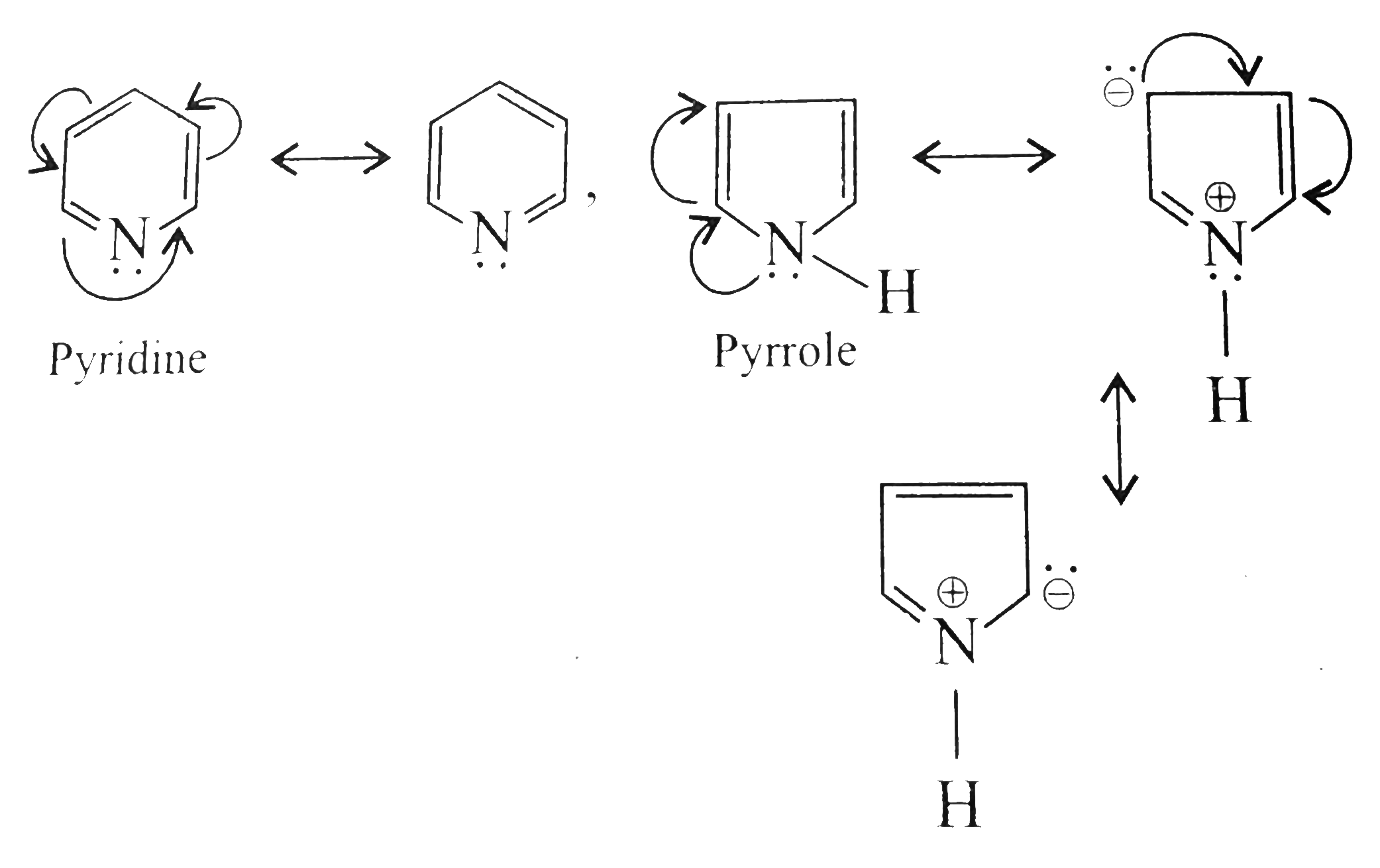
Hence, pridne is more basic its LP of ¯e's are available to accept H⊕ ions froms H2O.
c. i. I. 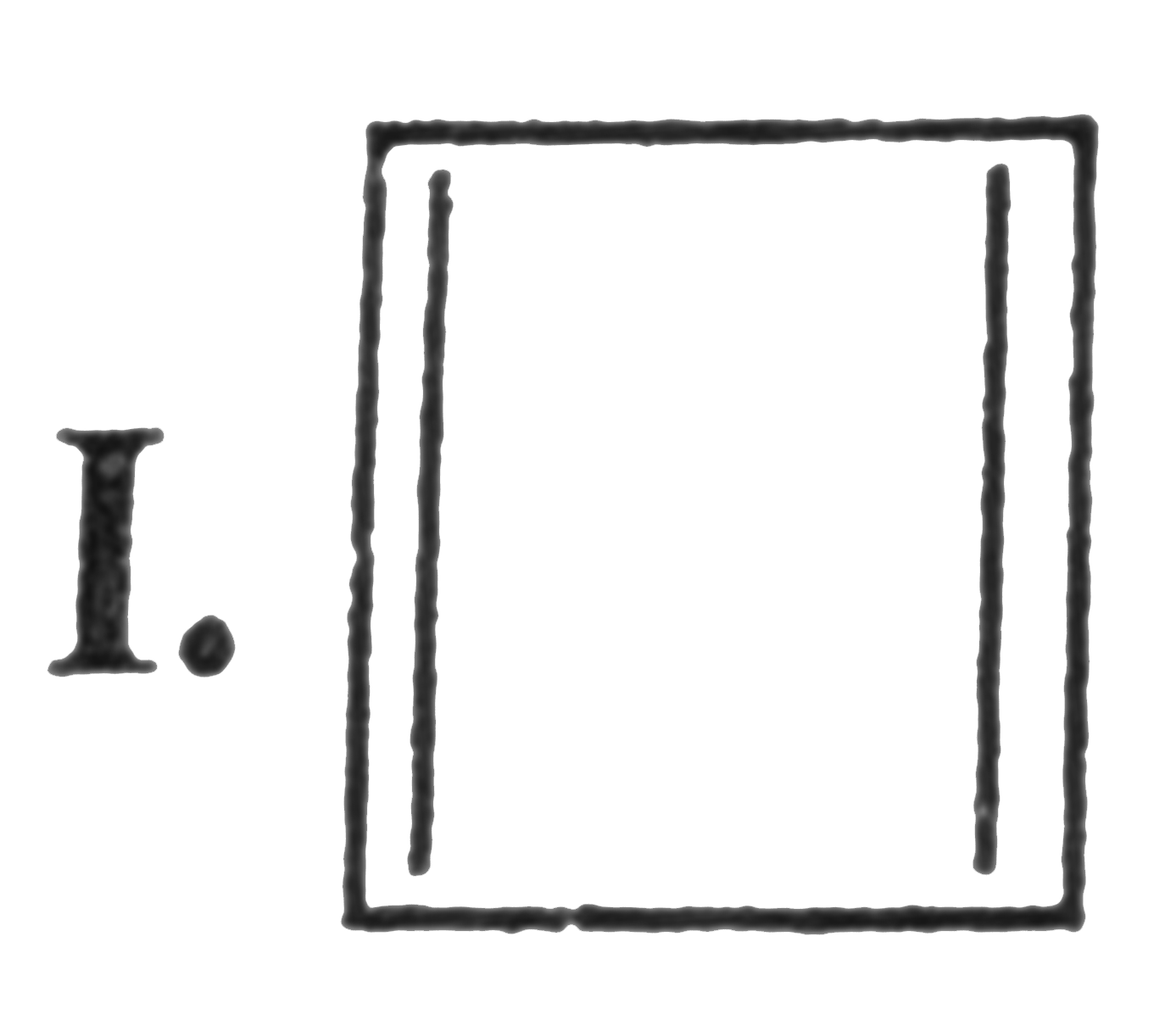 (4π¯e's in conjugation, anti-aromatic)
(4π¯e's in conjugation, anti-aromatic)
II.  (4π¯e's not in conjugation, non-aromatic)
(4π¯e's not in conjugation, non-aromatic)
III. 
(2π¯e's in comjugation aromatic)
Stability order is: Aromatic gt NOn-aromatic gt Anti-aromatic
∴(III)>(II)>(I)
i. See Illustration 11. (28,26, and 27 respectivecly).
I. C9H10⇒ Non aromatic
II. C⊕9H9⇒ Anti-aromatic
III. Co−9H9⇒ Aromatic
[∴ Stability order is (III)>(I)>(II)]
d. ii. 
Aromatic, 10π¯e's system , complete delocalisation. Six-membered ring (A) has bonding similar to benzene ring, hence it is more stable.
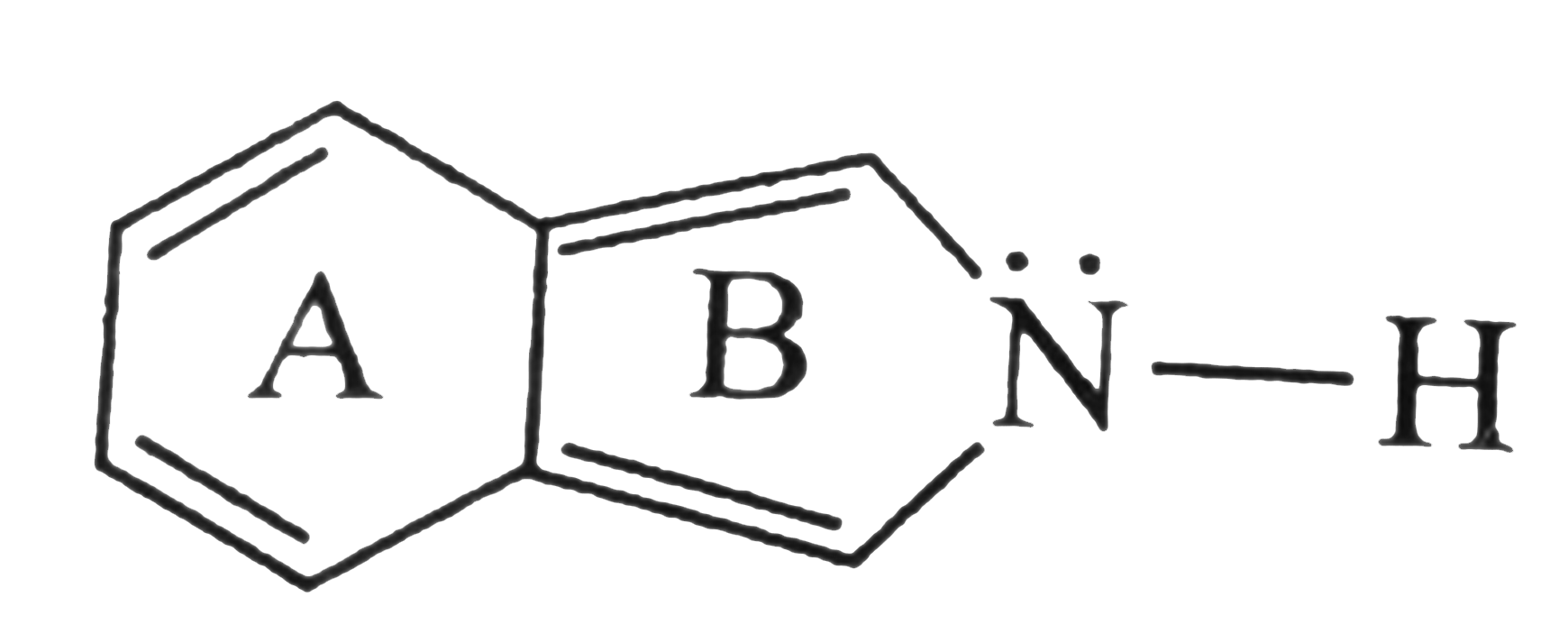
Aromatic, 10¯e's system complete delocalisation six-menered ring (A0 does not have the same pattern of bonding as benzene hence it is less stable.
e. The decreasing order of stablities of conjugate bases is: 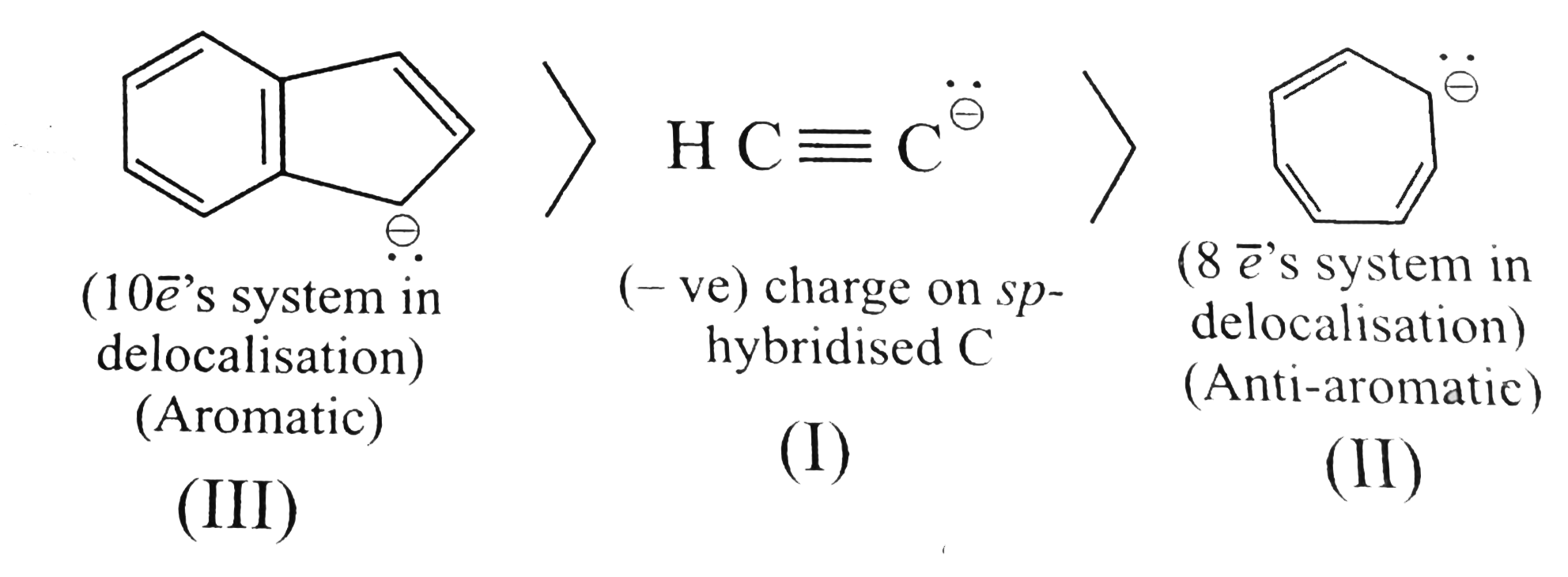
Stable is the conjugate base, stronger is the acdid and lower is the pKa value.
The decreasiing ordeer of pKa value is (II)>(I)>(III).
f. Higher teh Ka value stronger is the acid.

Stability order: non - aromnatic gt anti-aromatic or (II)>(I()
More stable is the conjugate base, stronger is the acid and hence has high jKa value Ka value of (II)>(I).
g. 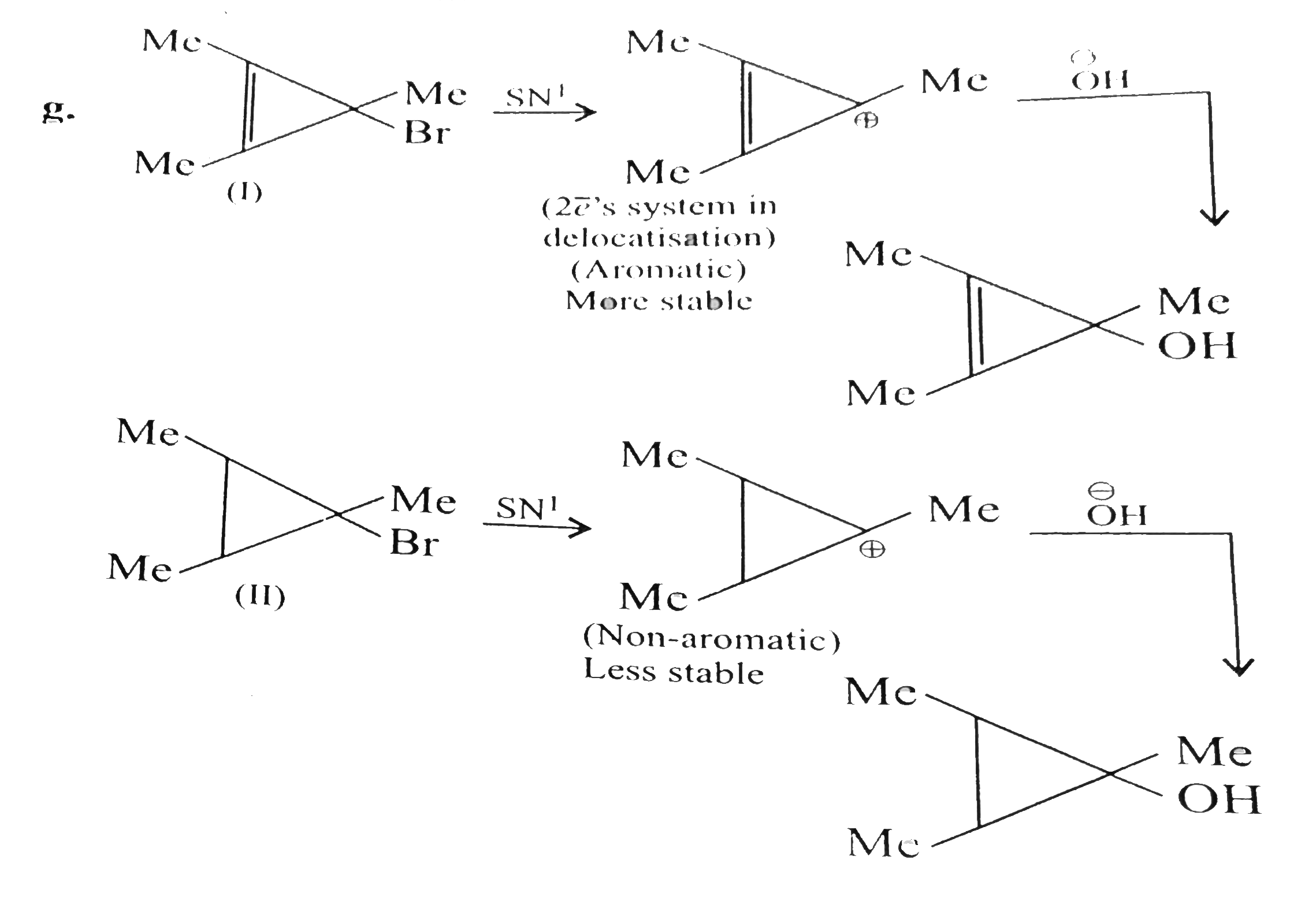
(I) reacts faster than. (II).
|
Updated on:21/07/2023
Related Playlists
- BOOK - CENGAGE CHEMISTRY ENGLISHCHAPTER - AROMATIC COMPOUNDS AND ALKYL AND ARYL HALIDES EXERCISE - Exercises Subjective Type5videos
AROMATIC COMPOUNDS AND ALKYL AND ARYL HALIDES
- BOOK - CENGAGE CHEMISTRY ENGLISHCHAPTER - AROMATIC COMPOUNDS AND ALKYL AND ARYL HALIDES EXERCISE - Exercises Subjective17videos
AROMATIC COMPOUNDS AND ALKYL AND ARYL HALIDES
- BOOK - CENGAGE CHEMISTRY ENGLISHCHAPTER - AROMATIC COMPOUNDS AND ALKYL AND ARYL HALIDES EXERCISE - Solved Examples21videos
AROMATIC COMPOUNDS AND ALKYL AND ARYL HALIDES
- BOOK - CENGAGE CHEMISTRY ENGLISHCHAPTER - APPENDIX INORGANIC VOLUME 2EXERCISE - Short Answer Type179videos
APPENDIX INORGANIC VOLUME 2
- BOOK - CENGAGE CHEMISTRY ENGLISHCHAPTER - BIOMOLECULESEXERCISE - Exercises Archives (Analytical And Descriptive)8videos
BIOMOLECULES
Similar Practice Problems
- Question 1 - Select One
Which of the following has the highest pKa value?
A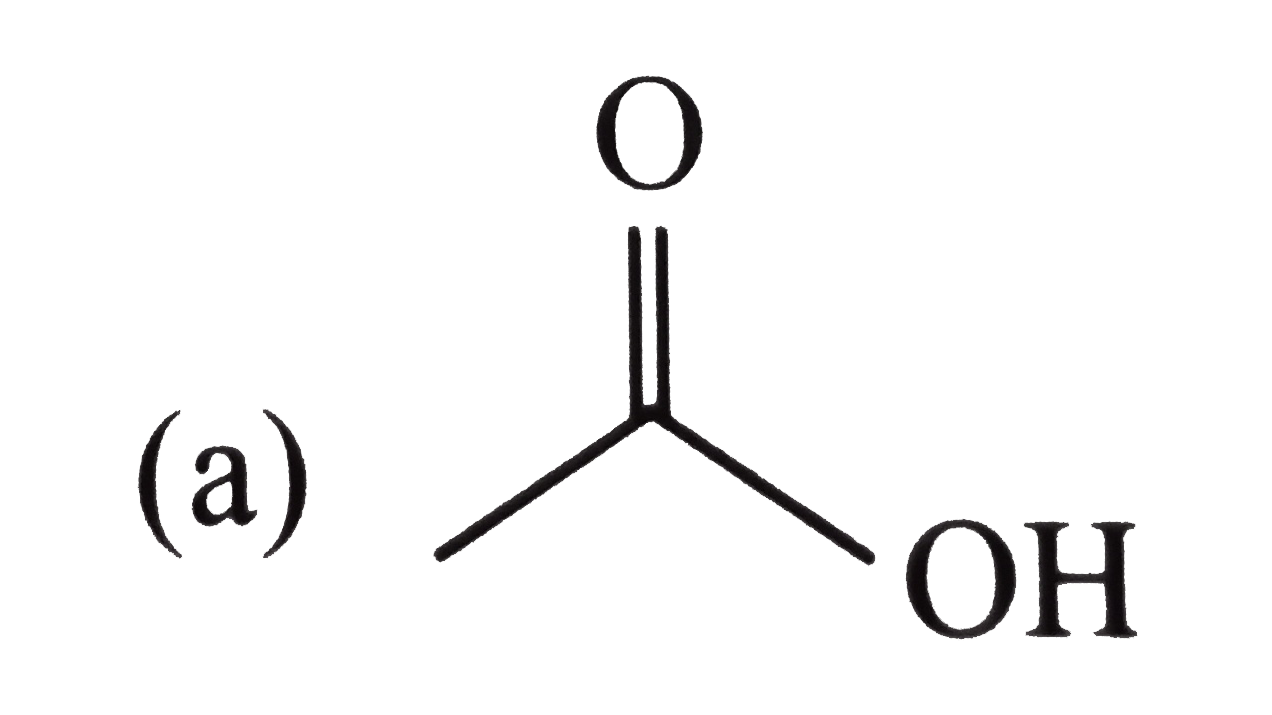 B
B C
C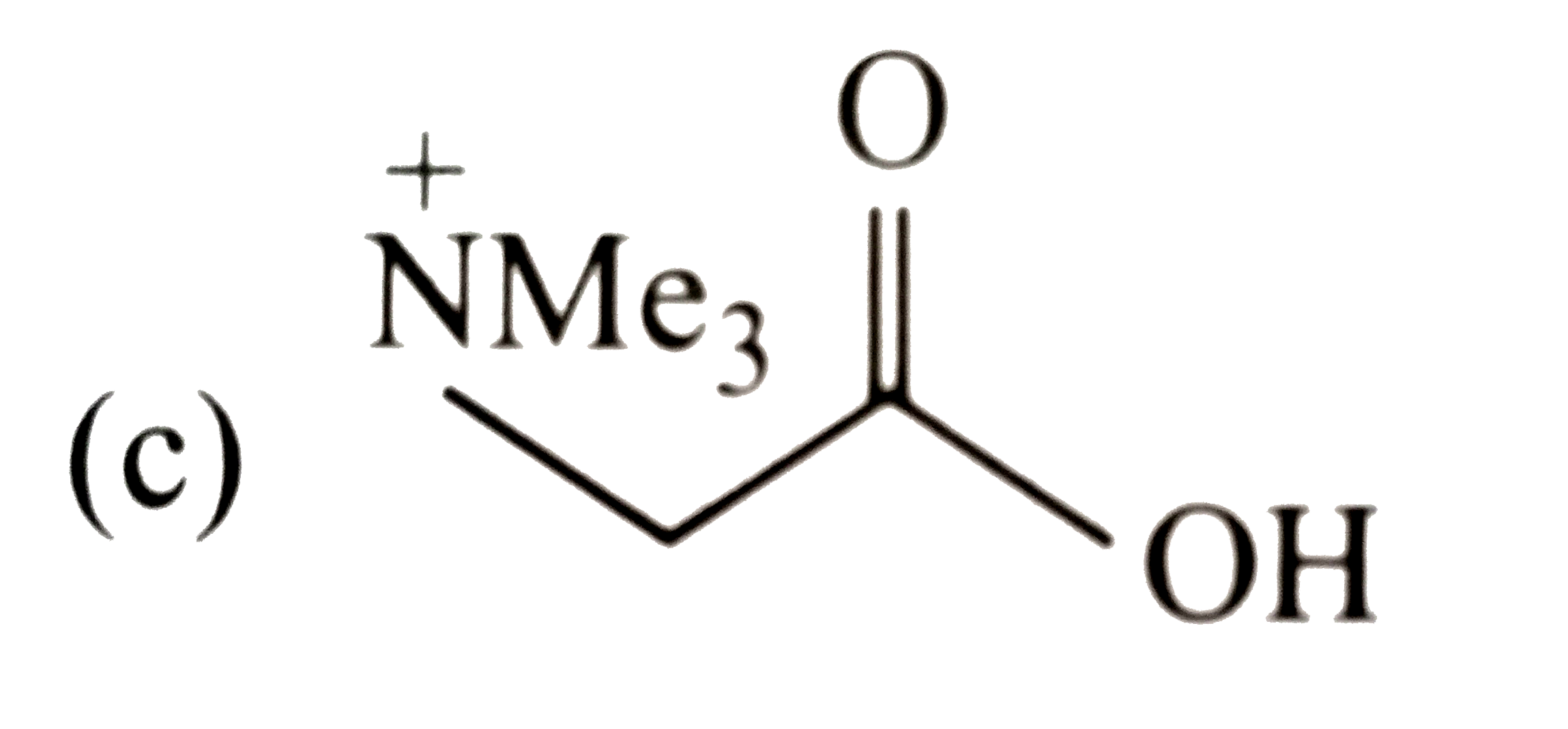 D
D
- Question 1 - Select One
Which of the following will have lower pKa value ?
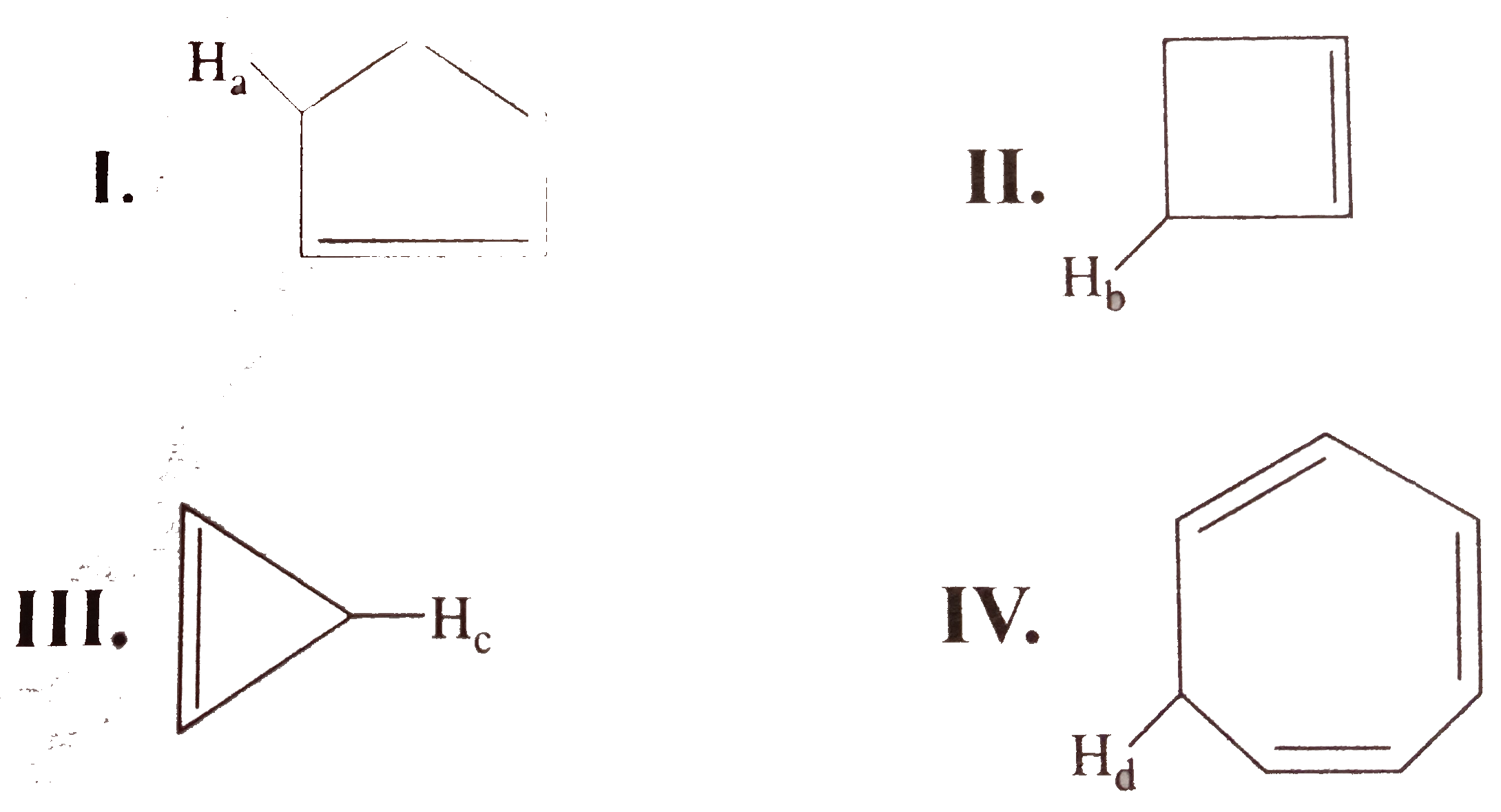 AHaBHbCHcDHd
AHaBHbCHcDHd - Question 1 - Select One
Which of the following has the highest pKb value?
A B
B C
C D
D
- Question 1 - Select One
Which of the following has lowest pKa value ?
A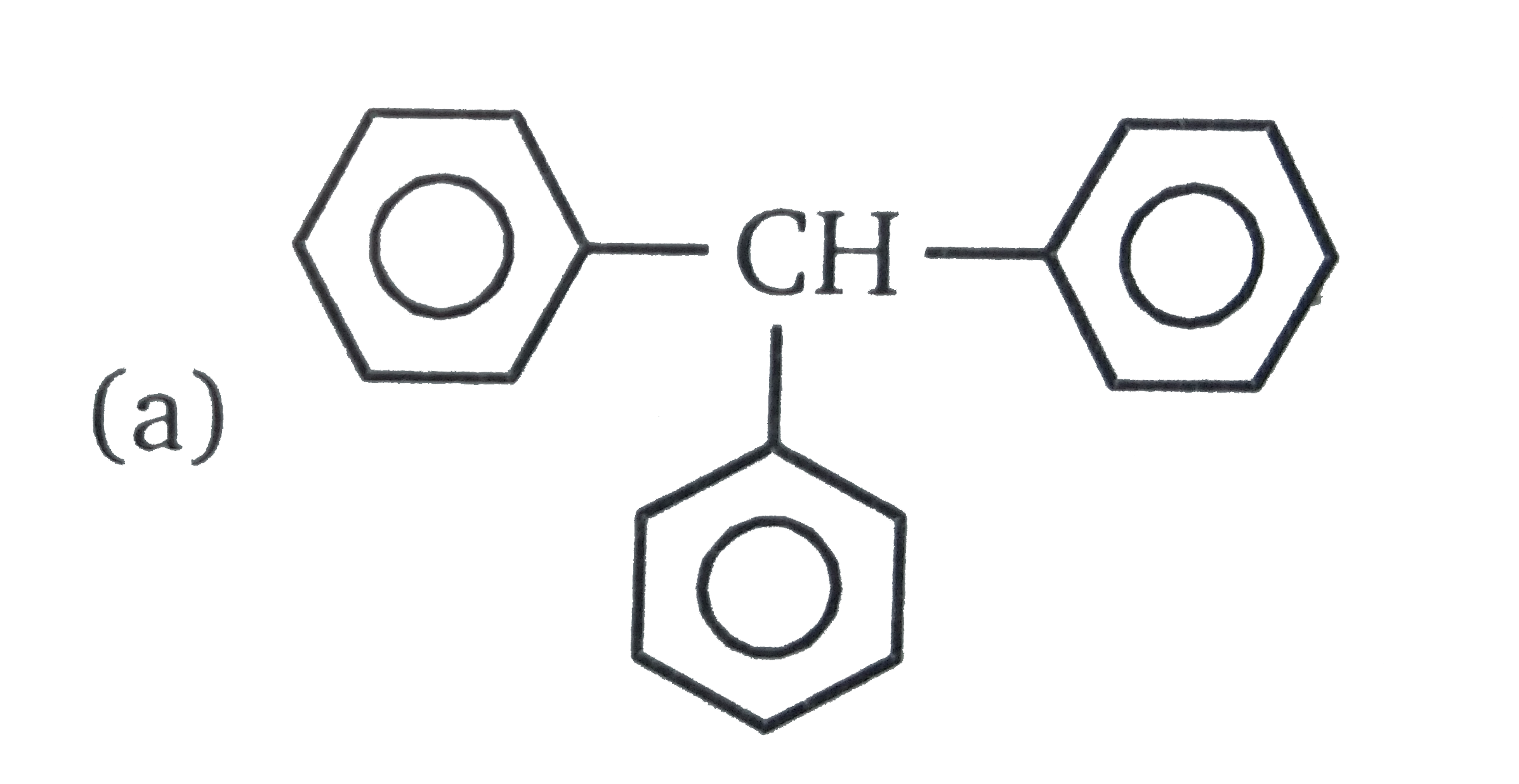 B
B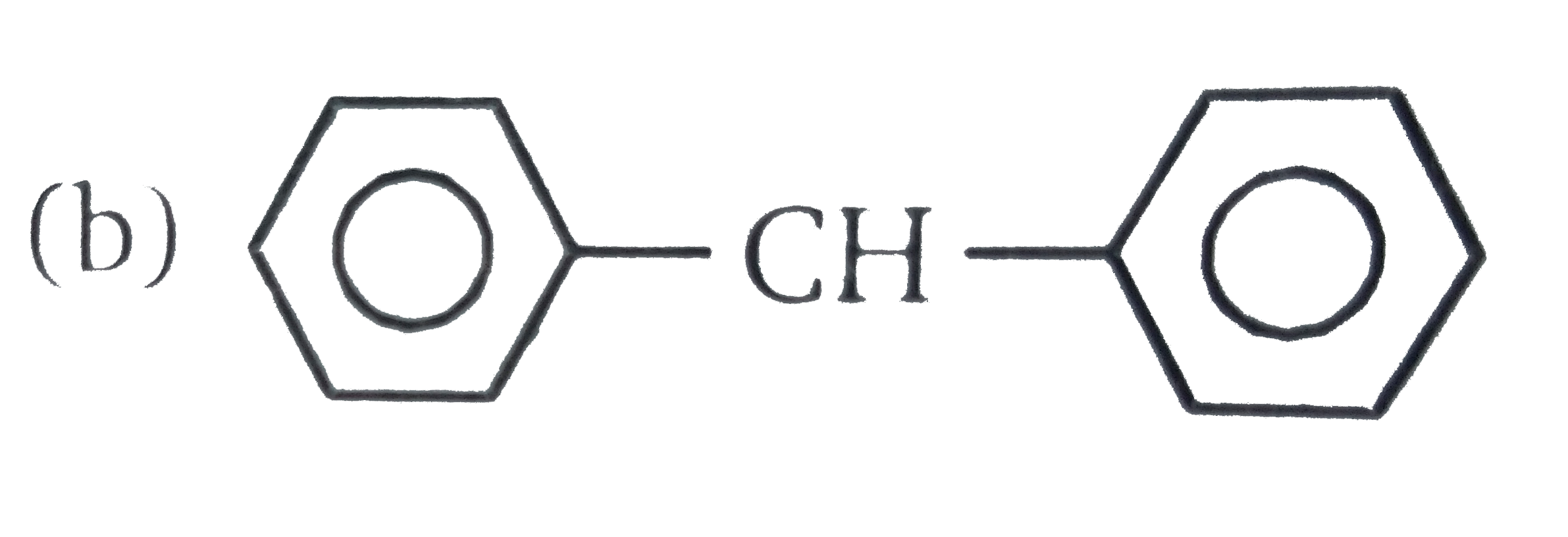 C
C D
D
- Question 1 - Select One
Which of the following has the lowest pKa value?
ACH3−CH2−O∣∣C−OHBCH2=CH−O∣∣C−OHC DH−C≡C−O∣∣C−OH
DH−C≡C−O∣∣C−OH - Question 1 - Select One
Which of the following has least pkb, value?
A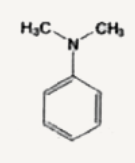 B
B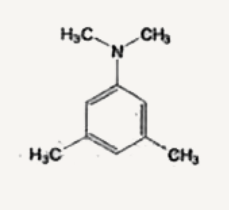 C
C D
D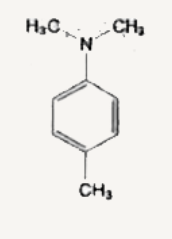
- Question 1 - Select One
Which of the following has maximum pKa value?
A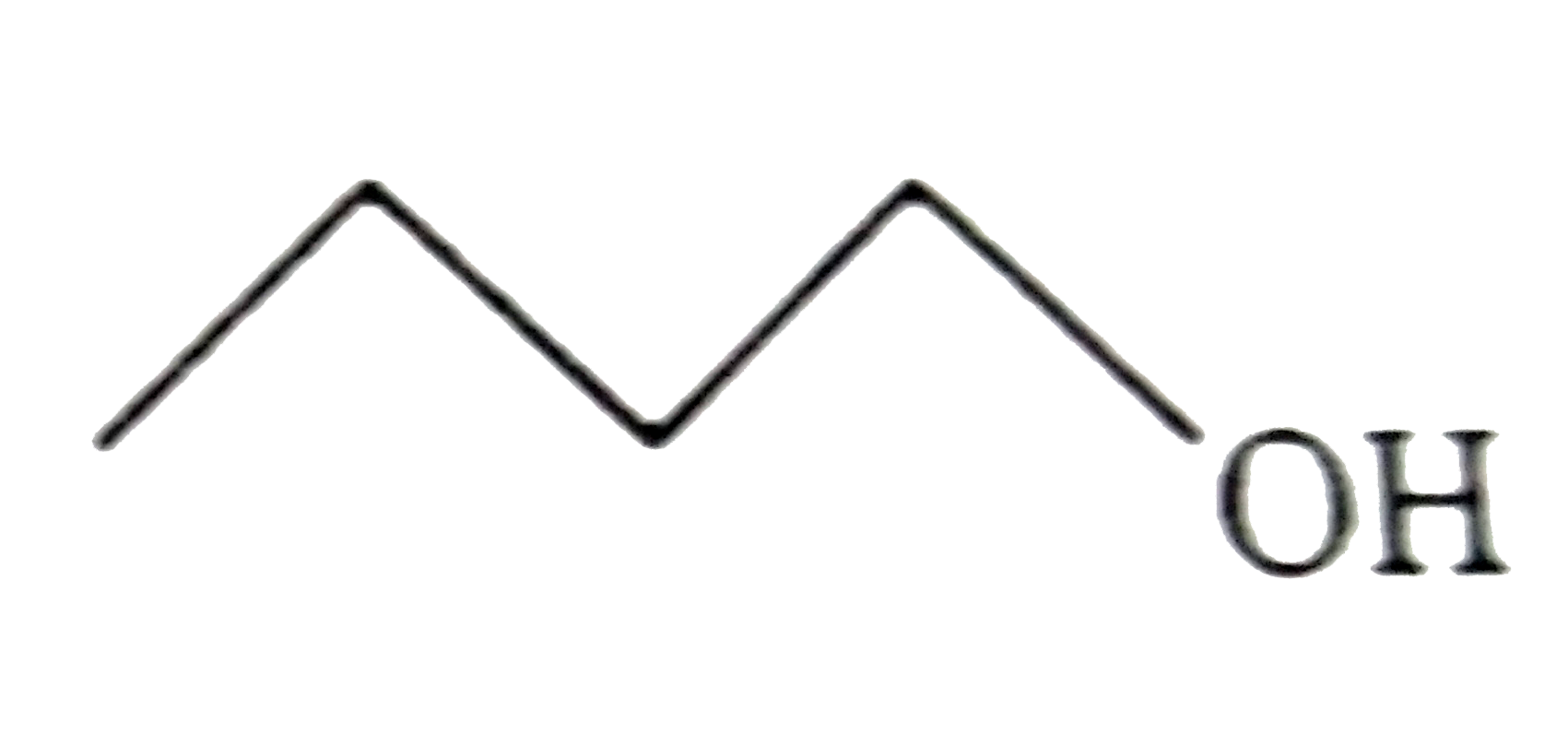 B
B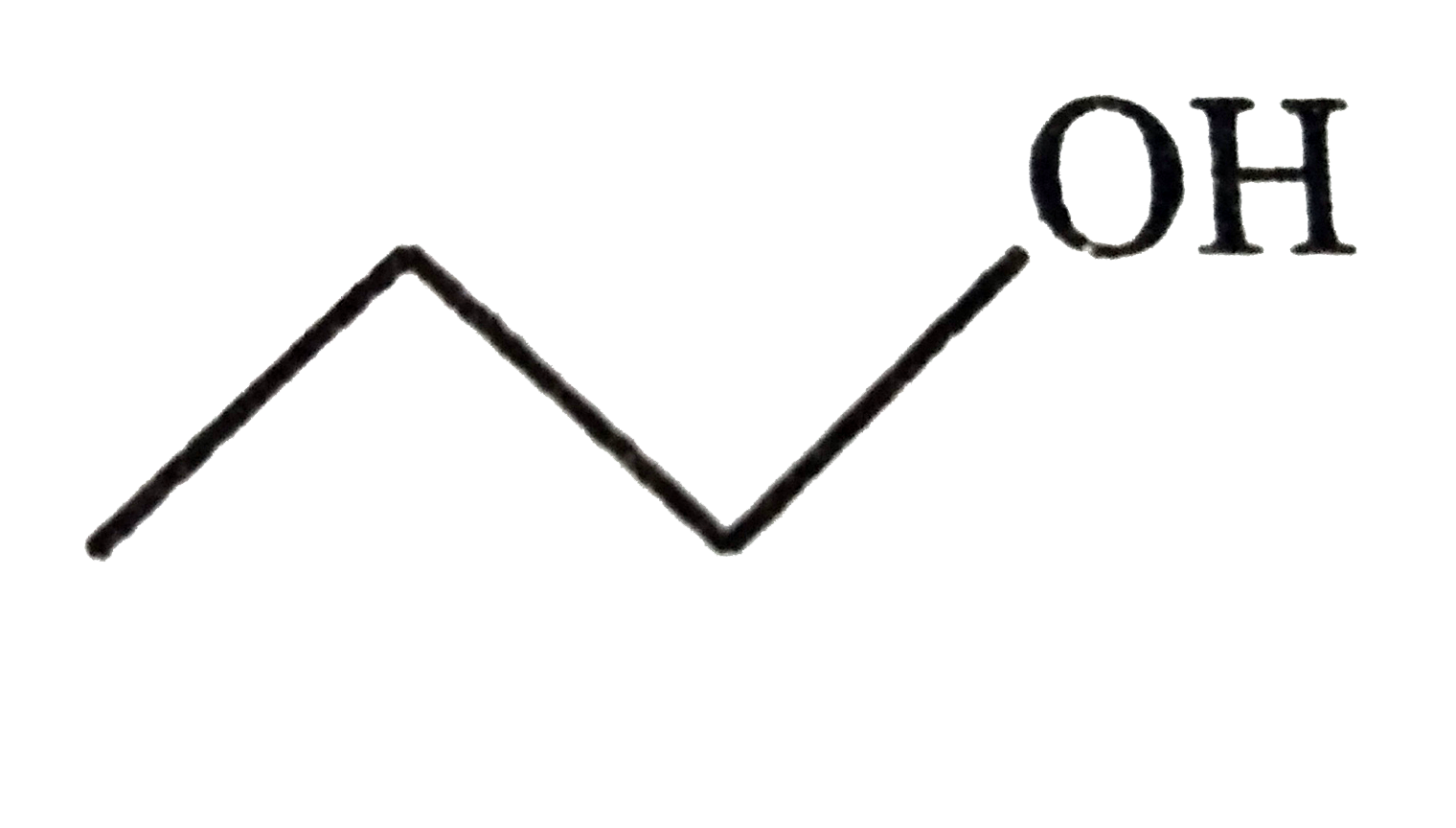 C
C D
D